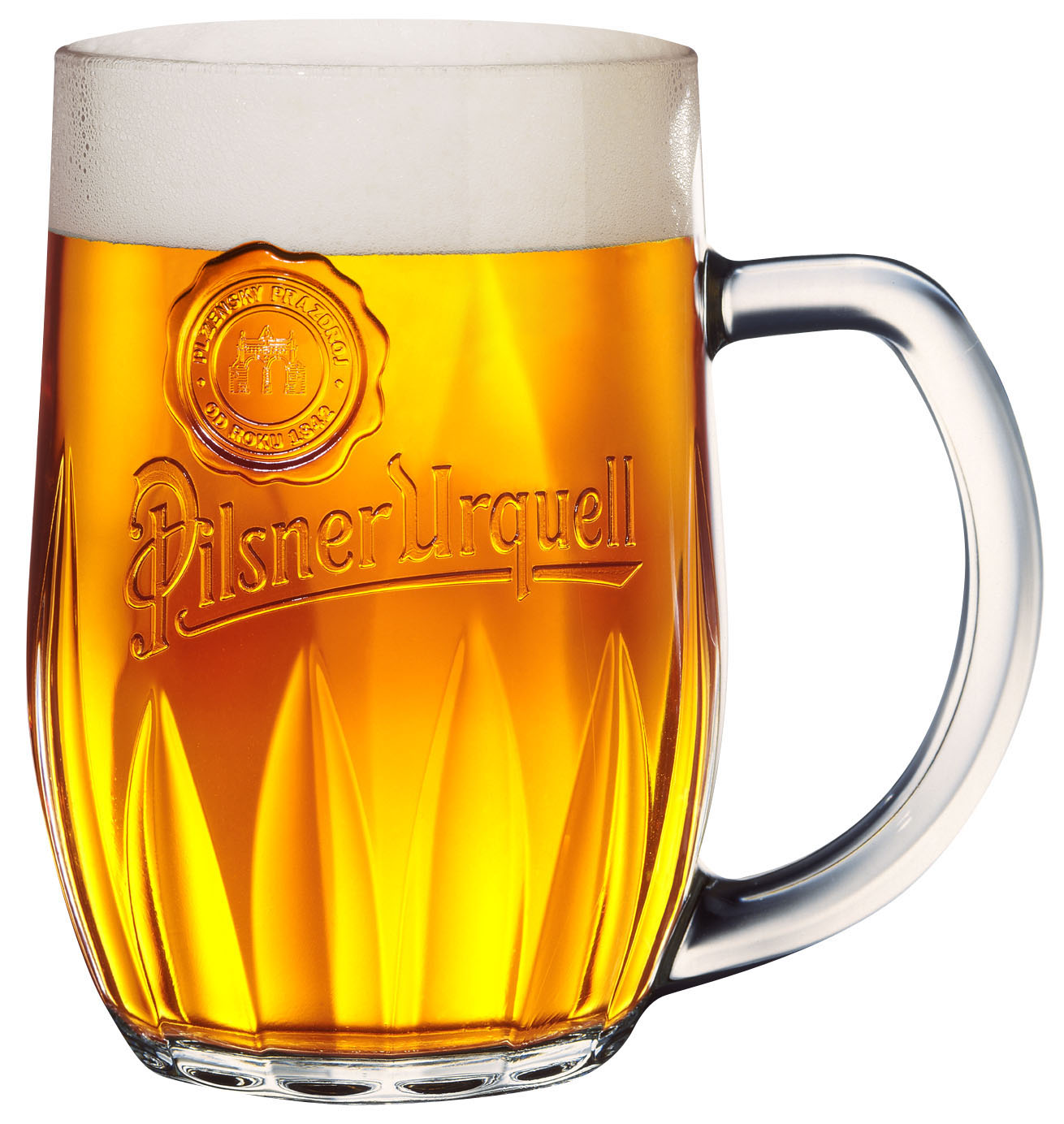A hundred and seventy years ago in Pilsen, the first drops of the most famous Czech “blonde” are produced
The defeat had the sour smell of beer that had gone bad,pouring from thirty six smashed up barrels, spilt under the windows of the Plzeň town hall. It is 1836, and precisely on that disastrous day was the start of the epic story of the most famous and imitated golden beer in the world Pilsen Urquell – or “from the original source.” The quality had touched rock bottom, so the master brewers of the main city of eastern Bohemia (who have been passing on this hereditary title since 1295, the year of the royal concession of Wenceslaus II to 260 bourgeois citizens), decided to unite to found a new brewery which went on to produce a high quality drink.
The models are the low fermentation Bavarian “lagers” which were highly successful at the time. A site was located with exceptional characteristics, where the spring water was sweet and extremely pure, and the sandstone subsoil lended itself perfectly to the construction of cellars for maturation in barrels. The new consortium entrusted the project with the architect Martin Stelzer, who visited and studied the most important breweries of Europe: from Copenhagen to Vienna passing through Germany. However it was the Bavarian master brewer Joseph Groll, who collaborated with Stelzer on the construction of the factory, who was the real alchemist of the malt.
The new construction took off on the 15th September 1839, three years later, on the 5th October 1842 the new “Brewery of the bourgeois,” officially started after production. Today, a hundred and seventy years from then, the production method of Pilsener or Pils is one of the most widespread of the worlds’ lagers. The brilliant and “hard-fought” mug is by now unquestionably a symbol of the Czech republic both in it’s homeland and abroad.
Besides, the beer has always played an important role in the life of this country. It has never mattered if there was a King in power, an emperor or a democracy like today. In Plzen already in the first decade of the 14th century, the first beer was in production in red colour as it was based on wheat and barley malt. The consumption went well, at least until the Thirty year war which shook the country between 1618 and 1648. The conflict was the cause of a serious economic crisis for the region of Bohemia, which brought tragic consequences to the production of the amber drink.
The war and two other centuries would have to pass before a more scientific sucessful method was applied to production, and from 1818 the Prague Polytechnic University offered courses in “beer production,” while a few decades later and not far from the capital, the first mugs of Pilsener are tapped.

Now the company, Pilsener Urquell in German, Plzeňský Prazdroj in Czech, is owned by the SABMiller group, the second biggest producer of beer in the world. Giants who represent half of the international market and export in 56 countries worldwide, with a production which boasts an infinite number of brands.and sub-brands. However, it is not a coincidence that the company still keeps the name of it’s Faro beer, a propriety brand in 1898 to limit the imitations from multiplying. In fact, today like then, it’s golden clearness is the result of the recipe perfected by Groll almost two centuries ago, from a malt obtained from the barley of Moravia and the hops from Bohemia, with the use of water without a grain to squeeze out.
From the first two days of production to the conquest of pubs all over the world, less than thirty years were needed. In 1870 the Pilsener beers are exported to Vienna, Paris, London and Moscow, while in 1871 they reach America. Often, especially in the more refined cafes, the drink’s golden colour is given a bit of dazzle by the Bohemian crystal glasses and in those exact years would reach Europe and be exported overseas. Slightly bitter in a pleasant way, moderately alcoholic and bright looking, are among the characteristics sufficient for a lasting, explosive success.
Going back to today, the anniversary this year is a testimony to another twist: in the Czech republic, the country with the highest average beer consumption per capita in the world at around 160 litres, the decrease in those treating themselves to a mug or more of beer came to a halt in 2012, after a constant drop in the last few years. A survey which shows that in the Republic beer is drunk occasionally by 89% of men and 60% of women. In short, it cannot be stated that the Czechs have turned their backs to their beer mugs, to the bar counters of Prague or to those in the rest of the country. Nor have the tourists who seem to be in larger crowds, since the first half of 2012 saw an increase in 12%.
In order to stress something new in the beer market, one would have to highlight the increasingly widespread diffusion of the smaller, traditional local breweries. There are 130 in the country, which focus on particular products in order to try to establish themselves and gain more new devoted clients. Basically, in a country which holds the record of five hundred and fifty beer makes, if there is one thing that can’t be claimed it is a crisis in lager consumption.
Therefore this anniversary year of Pilsener Urquell, is exactly the right moment to raise your mugs again saying “Na Zdravi!” to this golden drink, which has aged remarkably well considering it’s 170 year history.
by Edoardo Malvenuti





